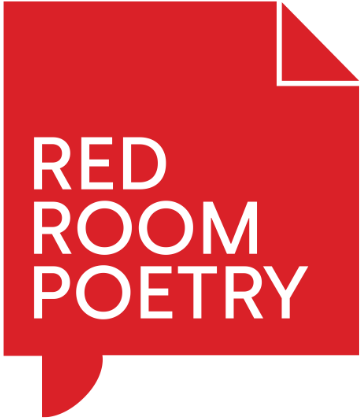Beneath the Sparkle
By Toby Fitch
Published 1 January 2021
1
are massive concrete blocks; furniture items such as tables
and chairs; dozens of shopping trolleys;
small pleasure
boats that have broken free from moorings and sunk;
motorbikes; a brand-new Toyota Landcruiser 50 metres
from the wharf at White Bay (which might have fallen off
the back of a ship);
a Porsche or Audi in 6-and-a-half metres
of water 5 metres from the edge of Pier One at Dawes Point,
almost under the Harbour Bridge (accident? write-off?);
a steel pipe 6 metres long and 15 centimetres across found
speared into the mud of the main eastern channel, its top
9 metres below the surface (not considered a hazard to
shipping hulls);
the Harbour’s biggest and most intact
wreck, the TSS Currajong, a collier that was sunk off
Bradleys Head, near Mosman, in 1910 after being hit by
the SS Wyreema, a 6000-tonne passenger liner (sucked into
a shipping lane it rests 30 metres down at one of the
deepest points);
and, at the very bottom, a 45-metre hole
just west of the Bridge (the dark blue-purple heart of the
city as sinkhole).
2
In an underground carpark of an office building on Pitt
Street, near a loading dock behind an electrical substation,
shut off from the public is a metal door that did not wish to
be named
but opened up especially for us a tunnel winding
its way under the city to Central Station. ‘It’s used mainly
these days for cleaners and freight, also as a shortcut for
train workers. The red door down the end goes through to
the drivers’ quarters.’ The metal door led us
to a locked-up
vault with a separate steel door elsewhere in the tunnel.
‘No one is allowed through that door and no one knows
what’s in there. I mean, not much there except some rats,
though it’s a bit unnerving if you’re in there for long
periods.’
The metal door knows the breeze patterns of the
tunnel better than anyone. ‘Whenever there’s a southerly
and the smell of dust and damp is at its most concrete, I can
hear the voices of children playing
coming all the way from
platforms 26 and 27—never used but fully intact, built in the
70s on the site of the old Devonshire Street Cemetery. The
bodies lying in the graveyard were reburied across the city
decades before the station was built so I let their voices out
whenever the wind blows them my way.’
3
The tunnels under St James station in the city’s centre
include a former bomb shelter and an underground lake.
The spaces form part of Sydney’s cavernous personality and
appeal to first-home buyers and war veterans alike, joining
other landmarks with terrible acoustics but great upside,
like the Sydney Harbour sinkhole, the recently abandoned
Concert Hall of the Opera House, and Suicide Towers.
The minister for Transport Arts Shady Constance revealed
the scheme to sell off the cavernous spaces, saying other
international destinations like London and Paris turned
their subterranean haunts into space-aged-care living pods
aeons ago.
The St James tunnels on the other hand were
created in the 1920s, part of a plan to implement rail lines
to Sydney’s east and the northern beaches (lol).
Unfortunately, two little train wrecks known as the Great
Depression and World War II piled up, which put a
dampener on the great dream of a broader Sydney
mausoleum network.
The tunnels have remained unused
for the wetter part of a century, with the exception of a brief
stint as a mushroom cellar and the odd film shoot in which
entrepreneurial auteurs wade into the ankle-deep lake in
Wellington gumboots, angling for the best shot of the
haunted, shimmering water reflecting up onto the brick
arches.
Developers with a deep and abiding interest in
dank living quarters have been asked to hurl their enquiries
at Sydney Trains, but more like confetti than rocks or ripe
tomatoes, as the project might actually come to fruition: ‘An
opportunity now exists to live like the Rat Tribe of Beijing!’
God knows land above ground is too expensive for anyone
to buy, let alone cultivate and be creatives on. And so, a
fresh kind of colony in the underworld is being floated by
the minister. Whatever happens, He on behalf of the State is
determined to loot the underground property market so that,
even if it means raiding the surplus, the lake will retain
its cool.
Note:
‘Beneath the Sparkle’ misquotes articles by Jim O’Rourke in the Daily Telegraph, Brett Lackey and Charlie Croe in the Daily Mail Australia, and David Adams in Pedestrian. Part of a larger manuscript called Sydney Spleen, the poem was written with the Red Room’s Disappearing project in mind.
Read Toby's other Fellowship 2020 poem ‘Sparkling Anxiety’.
